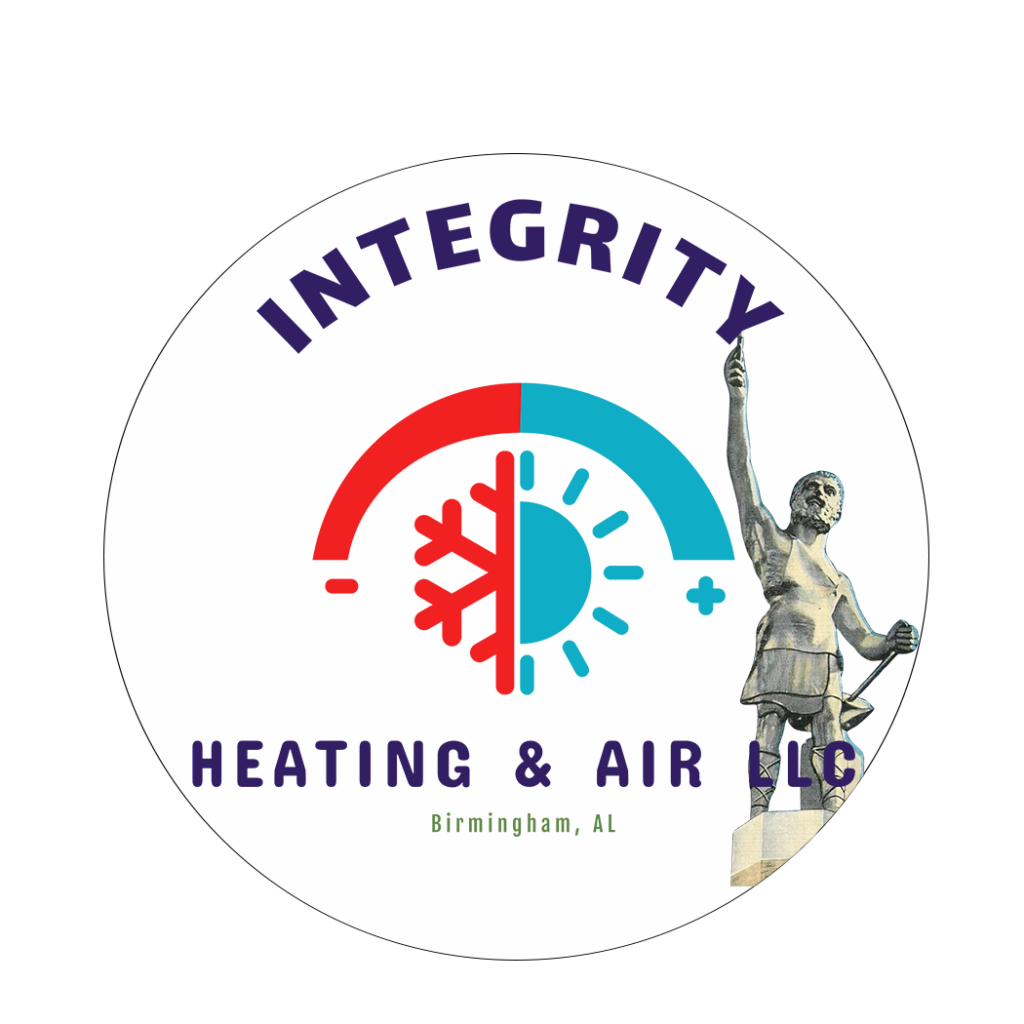Maintaining the integrity and historical significance of a building while ensuring modern comfort and efficiency can be a challenging task, especially when it comes to heating, ventilation, and air conditioning (HVAC) systems. Historic buildings often come with unique architectural features and constraints that require specialized HVAC solutions to preserve their charm while providing adequate climate control. In this blog post, we will explore some key considerations and strategies for implementing HVAC systems in historic buildings.
Preserving the Historical Integrity
One of the primary concerns when installing HVAC systems in historic buildings is to preserve their historical integrity. This involves finding ways to incorporate modern HVAC technology without compromising the architectural elements and aesthetics of the building. In many cases, this may require a customized approach that takes into account the building’s layout, materials, and historical significance.
Adapting to the Building’s Layout and Constraints
Historic buildings often have irregular layouts, limited space for equipment installation, and restrictions on modifications due to preservation guidelines. HVAC professionals must carefully assess these constraints and develop creative solutions to accommodate the necessary equipment while minimizing visual impact. This may involve utilizing existing ductwork, hiding equipment in discreet locations, or using compact and high-efficiency HVAC units.
Maintaining Energy Efficiency
Energy efficiency is a crucial factor to consider when designing HVAC systems for historic buildings. Older buildings tend to have poor insulation and air leakage, which can lead to higher energy consumption and utility costs. By incorporating energy-efficient HVAC equipment, such as high-efficiency furnaces, air conditioners, and heat pumps, building owners can reduce energy waste and lower their carbon footprint without compromising comfort levels.
Balancing Comfort and Preservation
Finding the right balance between comfort and preservation is key when selecting HVAC solutions for historic buildings. While occupants need a comfortable indoor environment, it is essential to ensure that the HVAC system does not cause damage to the building’s structure or materials. Humidity control, ventilation, and temperature regulation should be carefully managed to prevent moisture buildup, mold growth, and other issues that can compromise the building’s integrity.
Working with Experienced Professionals
Given the complexity and sensitivity of HVAC installations in historic buildings, it is essential to work with experienced HVAC professionals who have expertise in working with heritage properties. These professionals can provide valuable insights, technical knowledge, and creative solutions to address the unique challenges posed by historic buildings. By partnering with knowledgeable experts, building owners can ensure that their HVAC systems are installed and maintained in a way that respects the building’s historical significance and meets modern comfort standards.
In conclusion, exploring HVAC solutions for historic buildings requires careful planning, creativity, and expertise to preserve the building’s integrity while providing efficient and comfortable indoor environments. By considering the historical significance, adapting to the building’s layout and constraints, maintaining energy efficiency, and working with experienced professionals, building owners can successfully integrate HVAC systems that enhance the livability and sustainability of historic properties for generations to come.

